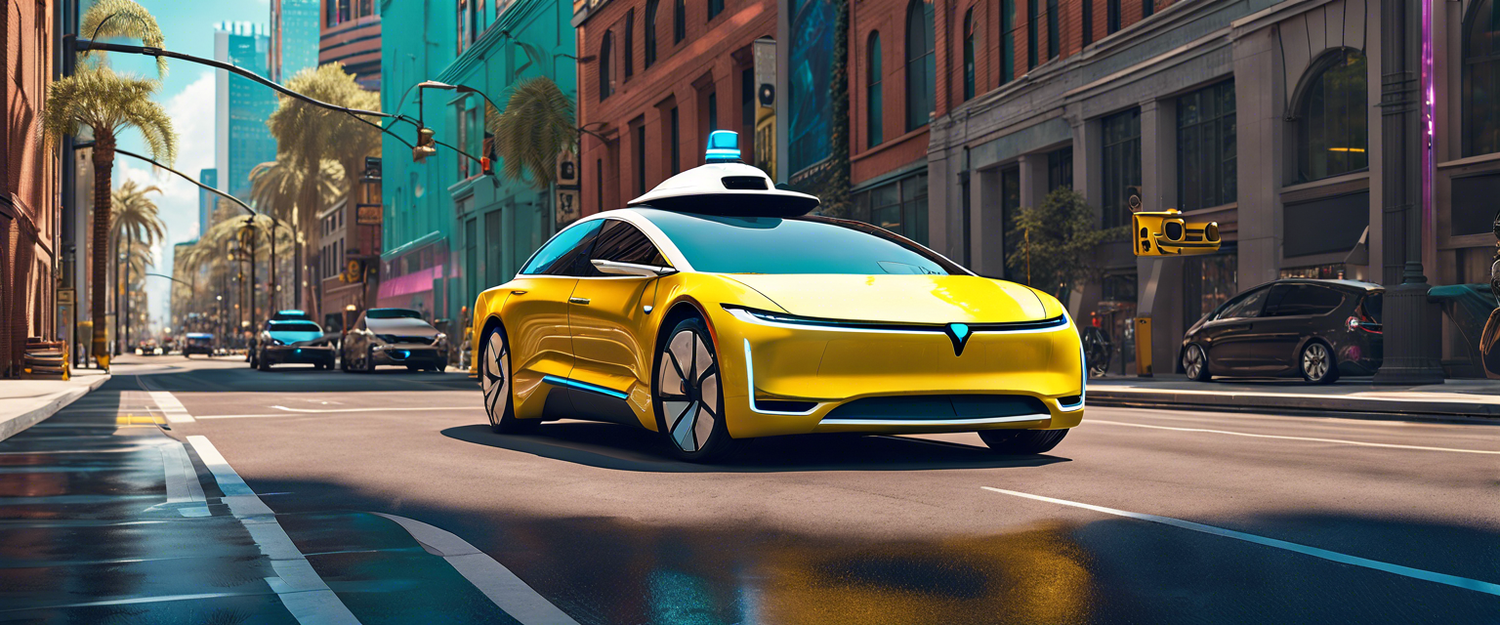Waymo: A Deeper Look into Autonomous Taxi Services
Waymo, a leader in self-driving technology, is reshaping urban mobility with its fleet of robotaxis. This shift towards automation in transportation has captured public interest and sparked debates about the future of commuting. Following Sophia Tung’s intriguing video featuring a nightly parade of honking robotaxis, we delve into the science and strategy behind Waymo’s autonomous vehicles.
The Rise of Robotaxis
As cities grow and traffic congestion worsens, the demand for innovative transportation solutions has surged. Waymo’s robotaxi service offers a glimpse into a future where self-driving cars are a common sight on urban streets. These vehicles utilize advanced sensors and AI technologies to navigate safely and efficiently.
Latest Trends in Autonomous Driving
- Improved AI Algorithms: Continual advancements in machine learning allow robots to learn from real-world experiences, enhancing their decision-making capabilities.
- Regulatory Developments: Many regions are beginning to establish regulations that will govern the use of autonomous vehicles, which will pave the way for broader adoption.
- Public Acceptance: With rising public interest, companies like Waymo are focusing on developing user-friendly interfaces to improve the riding experience.
The Science Behind Waymo’s Technology
Waymo's self-driving cars are equipped with a range of sensors, including LIDAR, radar, and cameras. These technologies work together to provide a 360-degree view of the environment, allowing the vehicles to detect obstacles, pedestrians, and other vehicles.
Key Technologies Utilized:
- LIDAR: This technology uses laser beams to measure distances and create detailed, 3D maps of the surroundings.
- Computer Vision: Cameras capture images to recognize objects like traffic signs, lanes, and pedestrians.
- Machine Learning: Algorithms improve the vehicle's ability to make real-time decisions based on the data collected from the sensors.
Challenges Ahead for Robotaxis
Despite the technological advancements, several challenges remain for the widespread adoption of robotaxis:
- Safety Concerns: Public safety is paramount. Ensuring that autonomous vehicles can respond to unpredictable situations is a significant hurdle.
- Infrastructure Adaptation: Existing road infrastructure may require upgrades to accommodate and support autonomous vehicles.
- Ethical Considerations: Questions surrounding the ethical decisions made by AI algorithms in emergency situations are actively being discussed.
The Future of Urban Mobility
The integration of robotaxis into everyday life holds promise for reducing traffic congestion, lowering emissions, and improving accessibility. Waymo’s ongoing expansion and its recent public demonstrations, like the mesmerizing parade of robotaxis through city streets, not only showcase the technology but also generate excitement and curiosity about what lies ahead.
In conclusion, the shift towards autonomous vehicles represents a monumental change in how we think about transportation. As technology continues to evolve, companies like Waymo will likely play a significant role in the future of urban mobility.
Further Reading
For more about autonomous vehicles, check out these articles:



اترك تعليقًا
تخضع جميع التعليقات للإشراف قبل نشرها.
This site is protected by hCaptcha and the hCaptcha Privacy Policy and Terms of Service apply.